Uncertain future for Hong Kong’s red and green minibuses, born of 1967 riots
With no new licences issued since the 1970s and MTR expansion steadily eroding profits and earnings, minibus operators struggle to recruit drivers. They hope to be allowed to add more seats
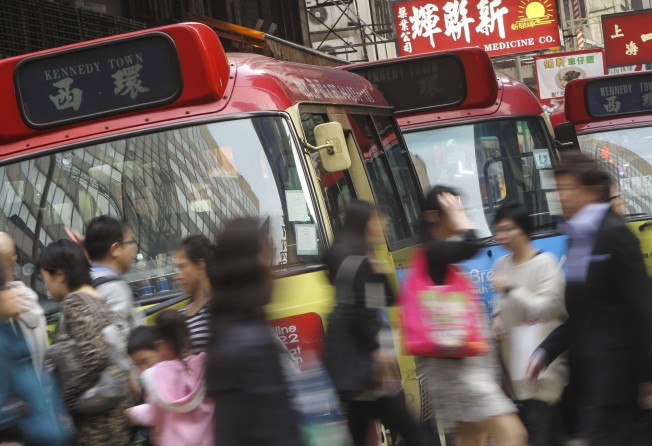
Hong Kong is known for its efficient and affordable public transport network. The MTR commuter rail network, double-decker bus services and ubiquitous taxis are cited as examples. Less often mentioned, perhaps, are public light buses, which account for 1.5 million rides a day and 14.8 per cent of total public transport volume.
The green- and red-top minibuses, with their sometimes foul-mouthed drivers, ply winding streets and hilly terrain, reaching places that bigger buses can’t, and for a fraction of a taxi fare.
Green minibuses operate as franchises controlled by about 30 companies, with the largest including a 600-strong fleet owned by Ma Ah-muk,and Wong Man-kit’s publicly listed AMS Public Transport. They are tightly controlled, with fixed routes, fares, bus stops and schedules, and drivers are company employees with fixed salaries.
The notorious red tops, on the other hand, are no so well regulated. Drivers are owners or self-employed, renting them for a current rate of HK$800 a day. Within limits, they set their own routes, allow passengers to hop on and off anywhere, and can get away with jacking fares up during typhoons.
Operating around the clock, drivers of the “desperado minivans” as they are nicknamed, are financially incentivised to run as many trips as possible. They speed down empty highways at night, and can get from Mong Kok in urban Kowloon to Tuen Mun in the distant southwestern New Territories in just 25 minutes.
The vehicles are much loved icons of popular culture: 2014 movie The Midnight After follows a ragtag bunch of passengers speeding through the night on a red top.
However, the expansion of the MTR system has not been kind to their business model, and operators fear they may be a dying breed. This is especially so for operators of red minibuses, whose expansion is stunted by government policy.
Cheung Hon-wah, chairman of the Hong Kong Public Light Bus Owner and Driver Association, which represents red minibus operators, says they will be dealt a further blow when the MTR’s Kwun Tong to Ho Man Tin and South Island lines open in September 2016.
“Our To Kwa Wan red route will certainly be affected. Under government policy, the MTR is the main form of public transport. The government owns a lot of shares in the MTR Corporation and of course they put themselves first. Red minibuses are a twilight industry.”
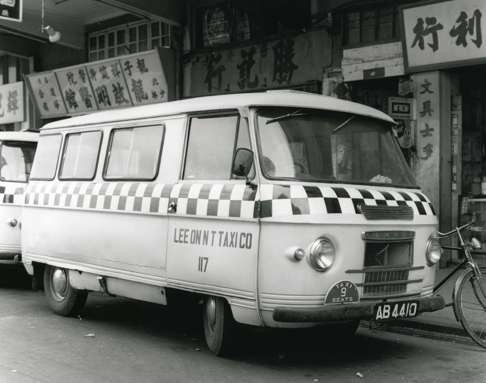
Some of these taxis had a red band painted down the side, and they evolved into the red-top minibuses seen since the early 1970s, when the government introduced franchised green- tops.
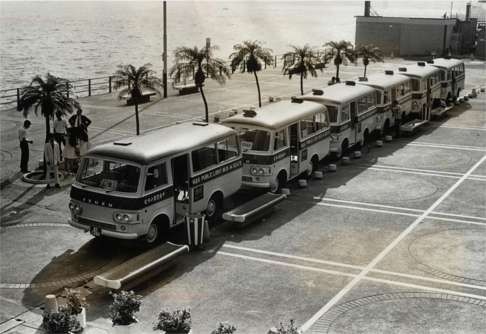
A total of 4,349 minibus licences are in circulation – 3,211 for green minibuses and 1,138 for red ones – a number that has been constant for four decades. The green minibuses ply more than 300 routes and the red ones more than 70.
Cheung, of the Hong Kong Public Light Bus Owner and Driver Association, whose members operate 21 red-minibus routes, says its drivers tend to be younger than employees of green services.
“They can drive more rounds if they want to earn more money.” He says the industry is “a bit complicated”, with involvement by triad gangs being a historical problem.
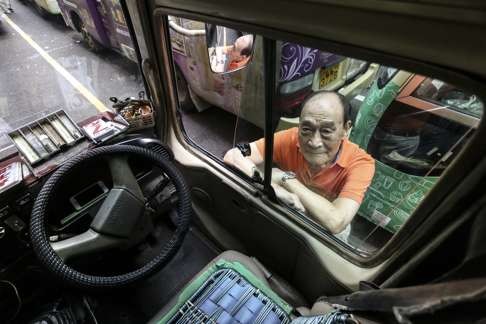
“They fought over territory and people died. Police were not as strict in law enforcement then. Routes won at that time are run by the same people to this day.”
Business is so bad that we have to beg people to rent [a minibus] ... Four years ago, a red driver could earn HK$30,000 a month. Now it is just over HK$10,000
Leung has witnessed all the industry’s ups and downs, and says it is no longer such an attractive business to be in. “In 1969, a minibus licence cost HK$20,000,” he says. “Three years ago, it cost HK$7.5 million, and now it has dropped to just HK$4.8 million” – as the MTR has expanded.
“Red minibus drivers have to pay a HK$20,000 deposit before renting. If they have an accident, the deposit is withheld. If the driver is cleared of responsibility by the court, he will get the deposit back. Now, business is so bad that we have to beg people to rent, so even a HK$5,000 deposit is accepted. Four years ago, a red driver could earn HK$30,000 a month. Now it is just over HK$10,000.”
Ma Ah-muk’s eldest son, Ma Kiu-sang, now runs his family’s green-top franchise, and also has a problem finding drivers, despite the steady income.
“My company has 1,500 drivers and their average age is 65 – some are over 70. There are safety issues with such old people driving, but I have no choice.”
Ma says the minibus industry in general is treated unfairly compared to operators of franchised single- and double-decker buses.
Their average age is 65 – some are over 70. There are safety issues with such old people driving, but I have no choice
“When applying to the government for a fare rise, public buses must get approval from the Transport Department. Once the Executive Council approves it, they can raise fares. But we have to go through the district councils, which often reject the proposal, especially at election time. So we can only raise fares about once in three years and it’s just by 20 to 30 cents. It’s like being a beggar.”
With more routes losing money, the Ma family diversified into real estate, and minibuses now account for just a third of its business.

“Sixty per cent of minibuses provide feeder services to the MTR. When the MTR expands, minibus services should too. The minibus industry is angry at the government for leaving them to their own devices.”
Chan says the services are improving. “Some green van fleets, like the one serving Cyperport, have uniformed drivers. They have kept improving over the years, adding seat belts and speedometers [to discourage speeding]. The world is moving on; we now have Uber and will have Google driverless cars in future. There could be a mobile app platform for minibuses one day, for passengers to reserve seats at night so resources can be maximised.”
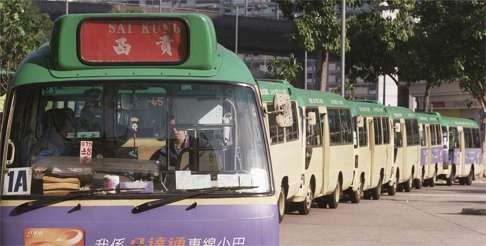
“The previous administration let buses, the MTR and even ferries join the two-dollar elderly discount fare scheme, but excluded us. The current administration has let us join the scheme,” he says, and it has helped boost business.
He adds that Chief Executive Leung Chun-ying’s administration has also agreed to study an industry proposal to raise the number of minibus seats to 20, or even 24, something the previous administration had ruled out. Minibuses have operated with 16 seats since 1989.
“We have been fighting for the increase in seat numbers for two decades. Our revenue could be increased by 10 to 20 per cent,” says Ma. “As there is hope for the industry, we will continue running the business, as minibuses are the foundation of the Ma family’s fortune.”
#SoHongKong – for more stories about what makes Hong Kong unique, search for this hashtag

The good and the bad habits of red-top minibus drivers
1. Keeping their foot down hard on the accelerator even though the big speedometer facing passengers is blinking and beeping loudly to warn that the minibus is travelling over the 80km/h speed limit.
2. Reserving seats for passengers who book by phone.
3. Charging higher fares at certain times of the day, on special dates and in bad weather.
4. Scolding passengers for not saying loudly enough when they want to get off.
5. Letting passengers get on and off anywhere, including places where it’s forbidden.
6. Not finishing a journey because most — though not all — passengers have got off.